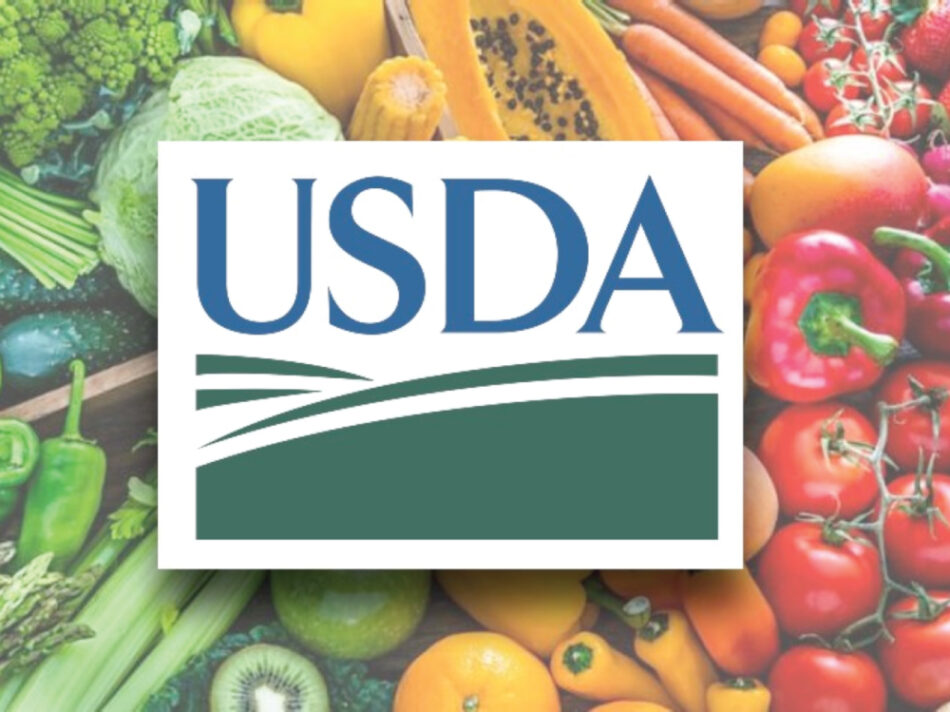
A new report from the USDA shows one million more households are experiencing food insecurity in the United States compared to last year’s report.
18 million U.S. households faced food insecurity at some time during 2023. That number was 17 million in 2022. This is the highest number in a decade.
Diving deeper, 8.4 percent (11.2 million) of U.S. households had low food security and 5.1 percent (6.8 million) had very low food security.
The USDA explains households experiencing low food security “obtained enough food to avoid substantially disrupting their eating patterns or reducing food intake by using a variety of coping strategies, such as eating less varied diets, participating in Federal food assistance programs, or getting food from community food pantries.”
Those experiencing very low food insecurity, in contrast, experienced significant disruptions in their eating patterns and a reduction in food intake.
More than a third of these households include children. Adults often try and shield the children in their care from hunger, making sure they have what they need to eat while cutting back for themselves. Because of this, fewer (8.9 percent) of children experienced food insecurity directly.
Rates of food insecurity were higher for Black (23.3 percent) and Latinx (21.9 percent) households, both more than double the rate of White non-Latinx households (9.9 percent).
So, what does all of this mean? Numbers like these can feel abstract, but it’s important to remember that each one of these millions represents an individual or family who may not know where their next meal is coming from. And even for households who piece together a patchwork system to acquire the food they need beyond what they can afford, it’s an exhausting endeavor. Food is a basic human right, and we strive to make it as easy as possible for everyone to have what they need.
With food prices and hunger rates climbing, we continue to rely on support from people just like you to feed our community. Follow this link to learn all the ways you can help put food on someone’s table tonight!

